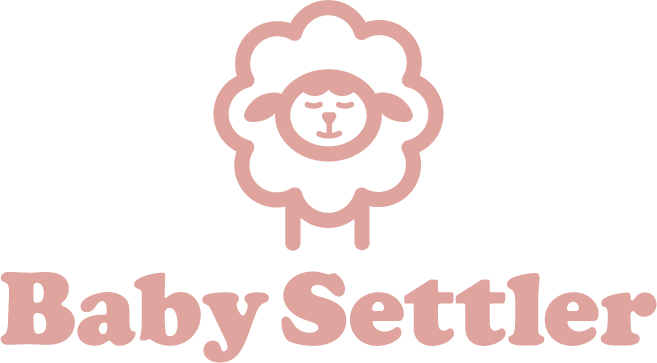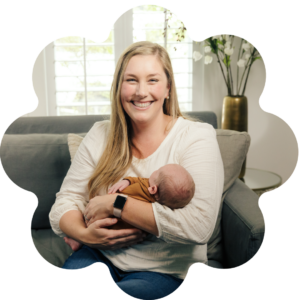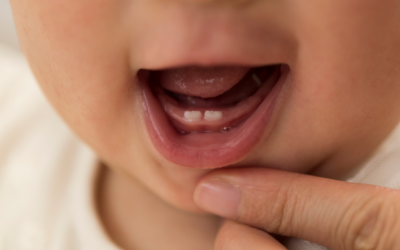
Mastitis is an infection that is caused by blocked milk ducts in breastfeeding women. It can be really uncomfortable, and usually requires antibiotics to treat. According to the American Academy of Family Physicians, this condition affects around 10% of moms in the United States. Also, mastitis can be the reason why a lot of women in this 10% decide to stop breastfeeding.
What Causes Mastitis?
As mentioned above, clogged milk ducts is one of the causes of mastitis. Blocked milk ducts can be the result of a breast that doesn’t get completely drained during feedings. This backed up milk can lead to a mastitis infection.
Another cause is milk being trapped within a breast, also related to milk not being drained completely.
Bacteria entering your skin can also bring on mastitis. This bacteria can come from your skin’s surface or from your baby’s mouth. From there, the germs enter through cracked nipples or milk ducts and can breed in milk.
Can You Still Breastfeed When You Have Mastitis?
Yes! Mastitis doesn’t cause breastmilk to become unhealthy for your baby. In fact, frequent breastfeeding is one of the things you should do when you have mastitis.
Medela says, “Aim to breastfeed or express as frequently as you can (8-12 times in 24 hours). Try and keep the affected breast as drained as possible.”
The repeated complete draining of the breasts can help slow down the bacteria running rampant.

How Do You Know You Have Mastitis?
Mama, don’t ignore these signs:
- Unusually warm breast or breasts
- Swollen breasts
- Any lumps in the breasts
- Consistent pain or pain during breastfeeding
- Skin redness
- Fever
Ignoring the symptoms of mastitis and trying to push through the pain isn’t going to help you in the long run.
If mastitis is left untreated, it could result in an abscess that needs to be drained surgically.
Can You Prevent Mastitis?
There are a few risk factors for mastitis. Cracked nipples, an incorrect nursing technique, stress, and poor nutrition can all increase the risk of this infection.
For cracked nipples, I recommend Earth Mama Organics Nipple Butter. This moisturizer is made with effective organic ingredients. It’s completely safe for babies – you don’t need to wash it off before breastfeeding.
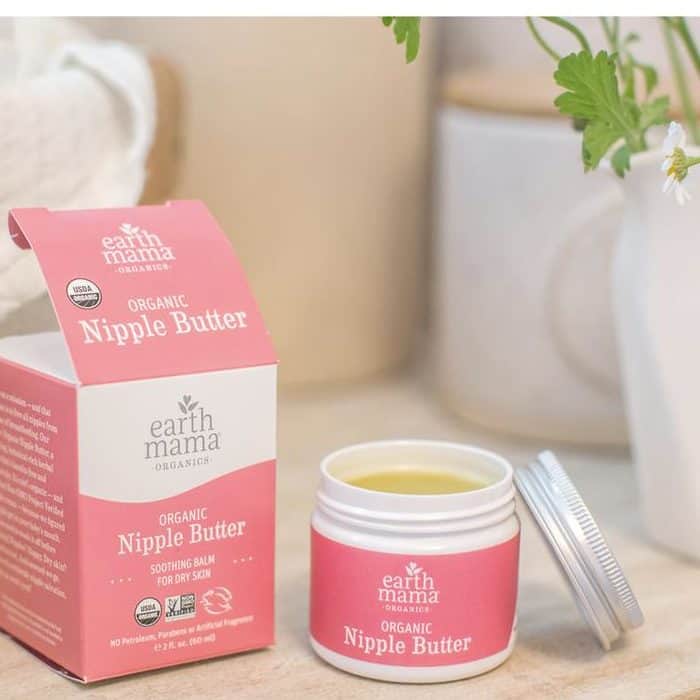
An incorrect latch can cause pain for you and be very frustrating for your little one. A correct latch includes your nipple and areola, as the area around your nipple has milk ducts, too. Your baby shouldn’t need to twist to feed; make sure their neck and head are aligned with their chin pointing up. Breastfeeding shouldn’t be painful; at most you should feel a pulling sensation.
Click here for more tips on how to get your baby to latch correctly.
Being a new mom can be stressful! Mama, it’s important to take care of yourself. Good nutrition and giving yourself space to rest goes a long way.
I also recommend postpartum vitamins to help get the nutrients you need while breastfeeding.
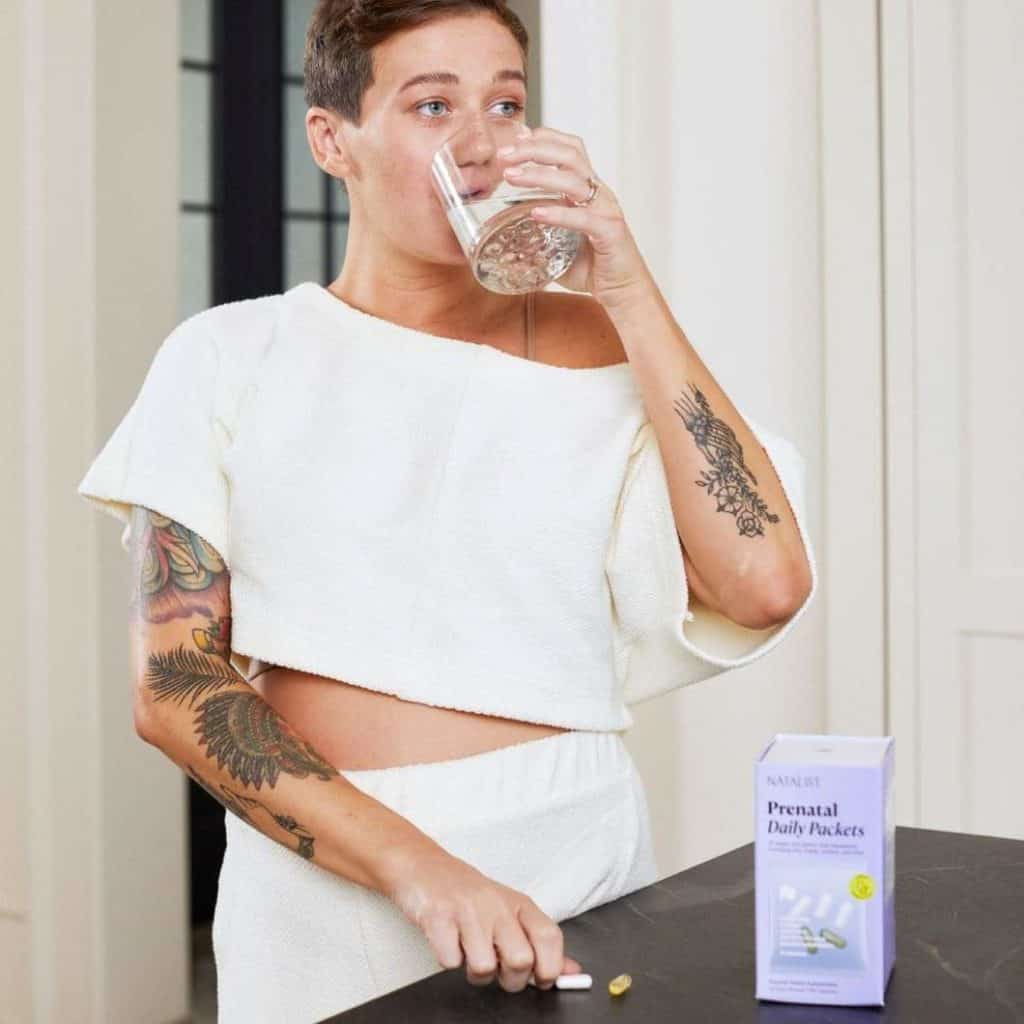
As mastitis can be caused by milk not being drained completely, it’s important to properly wean your baby off breastfeeding instead of just stopping cold turkey. By taking a few steps, you can gradually decrease your milk supply. Click here to learn more.
How Can Mastitis Be Treated?
Besides draining the milk from your breasts regularly, to treat mastitis you’ve got to rest. Reach out to friends and family for help.
Eat plenty of healthy food. Salmon, sardines, berries, tomatoes, avocados, leafy greens, and nuts are all great choices for breastfeeding moms.
To reduce inflammation, put a cold pack or a bag of frozen veggies wrapped on a cloth on your affected breast.
If you’re having trouble breastfeeding with mastitis, start with putting your baby to the non-affected breast first. Take your baby back over to the affected side once the milk flow is stimulated.
If you still have milk after your baby is full, hand-express or pump so that your breasts are drained. The Medela Freestyle Flex Breast Pump is one of my favorites as it’s designed to pump more milk in less time.
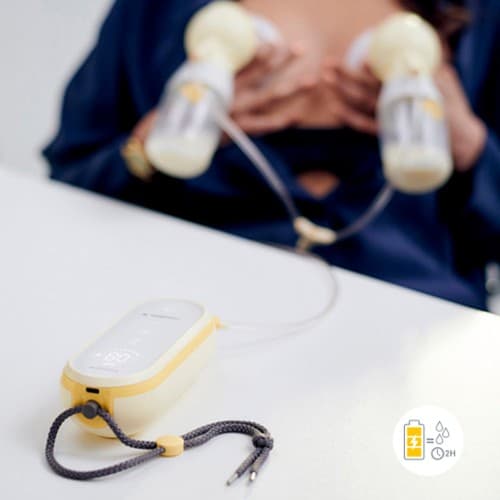
If you’re experiencing pain on your breastfeeding journey and think that it might be mastitis, reach out to your doctor so that they can provide you with a treatment plan.
Breastfeeding isn’t all perfect moments and bonding – and that’s okay, mama! If you need help, reach out. The Baby Settler team is available for in-office, in-home, and virtual consults. Book a consultation.
